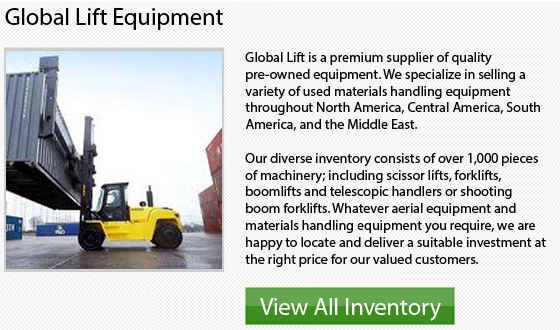
Dual Fuel Engine
Dual Fuel or DF Engines are the type of engines that could work on a mixture of gas fuel or diesel fuel or it can operate on diesel fuel alone. Duel Fuel engines can not work on gas alone since they do not posses an ignition system, nor do they possess any spark plugs.
Since diesel is not a pure gas, and it is not a pure diesel designed engine, it has some disadvantages in the department of Methane slippage as well as fuel efficiency.. Like for example, the fuel efficiency can be 5% to 8% less than in a comparable lean-burn, spark-ignited engine at 100% load. It can even be lower or higher loads.
Lift Truck Classification and Fuel Sources
There are some recycling materials handling applications which could prove really challenging for lift trucks. For example, scrap metal is amongst these issues. In order to successfully handle items like this requires using the correct kind of machine for the job.
In this write-up, the 7 major lift truck classes are discussed, including the power sources like hydrogen fuel cell, liquid propane gas, diesel, electric and gasoline. The power source is linked to several of these specific classes. The main power sources for forklifts comprise Gasoline, Battery, Diesel, Propane and Fuel Cell.
The most common overall are electric powered trucks, mostly in Class I, II and class III forklifts. In Classes V and IV, internal combustion trucks are more common. The most popular electric power source is the lead-acid battery. Out of internal combustion trucks, about more than 90 percent are propane powered.
The battery is the forklifts most common power source. Battery fueled models make up about 60 percent of the new forklifts sold within the USA. Their benefits consist of: less maintenance requirements, quiet operation, the ability to be used indoors and outside with no harmful emissions.